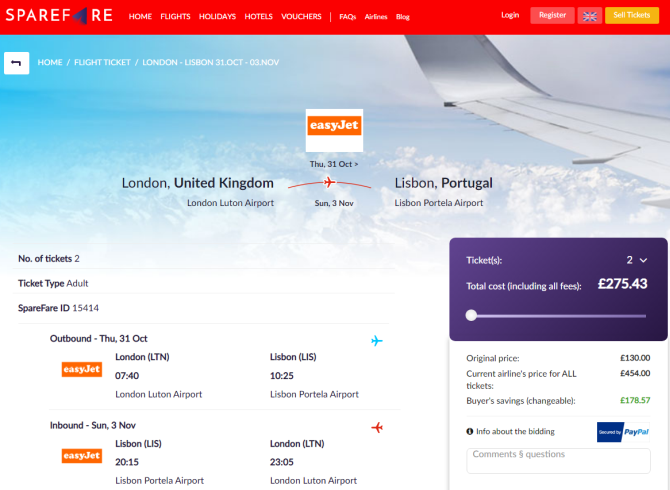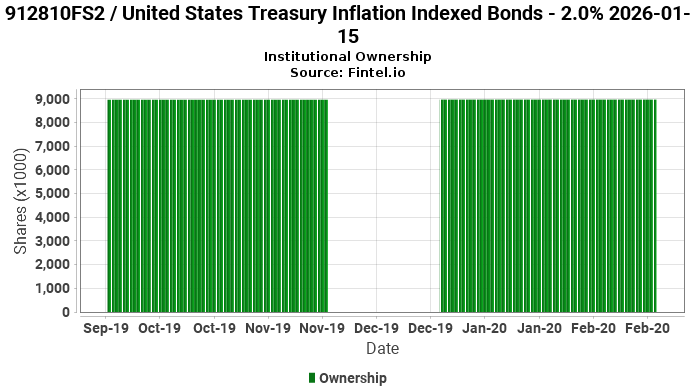Contents
All of the above are correct methods to calculate the degree of financial leverage . Highly favorable situation as it consists of low fixed costs. If sales increase by 6% taxable income will increase by 24% (6 × 4). If EBIT increases by 6% taxable income increase by 6.9% (6 × 1.15).

This is due to the fact that there is not any fixed cost and total cost is variable in nature.However,this is generally not the case. Companies have fixed costs in their cost structure.So let us consider the example of the same firm with same data. The percentage change in a firm’s earning per share results from one percent change in sales. This is also equal to the firm’s degree of operating leverage times its degree of financial leverage at a particular level of sales. ABC Ltd. has an average selling price of ₹ 10 per unit. Its variable unit costs are ₹ 7 and fixed costs amount to ₹ 1,70,000.
Equity Ratio
When a company’s revenues and profits are on the rise, this leverage works very favourably for the company and for investors. Nevertheless, when profits are pressured or falling, the exponential effects of leverage can become challenging. Utilizing a higher degree of operating leverage rises the risk of cash flow problems that results from errors combined leverage calculated by in forecasts of future sales. One possible effect caused by the presence of operating leverage is that a change in the amount of sales results in a “more than proportional” change in operating profit . Calculate the degree of financial leverage for a firm when its EBIT is ₹ 20,00,000. The firm has ₹ 30,00,000 in debt that costs 10% annually.
- A company with a relatively high level of combined leverage is seen as riskier compared to a company with less combined leverage, as the high leverage implies more fixed costs to the company and vice versa.
- If there is any change in the sales, it will lead to corresponding changes in profit.
- You are required to calculate the combined leverage.
- The most widely financial ratio of all the leverage ratios is the Debt to Equity ratio and is defined as the ratio of the total debt to the total equity of the company.
- A debt ratio of 0.5 is presumed to be the accepted norm, while a higher ratio indicates the increasing liabilities of the company, implying higher financial risk.
- Company has 11% debentures of Rs. 30,00,000.
The variable costs are 40% of the sales while the fixed operating costs amount to ₹ 30,000. The amount of interest on long-term debts is ₹ 10,000. You are required to calculate the combined leverage.
Leverage
Low operating leverage and high financial leverage. If the Return on Investment exceeds the rate of interest on debt, it is financial leverage. Degree of is the ratio of the percentage increase in earnings per share to the percentage increase in earnings before interest and taxes .
If Sales rises DOL reduces and EPS increase. Therefore sales is preferable on higher side. If Fixed cost per unit is given in the question then number of units at which it is calculated must also be given. Calculate the Operating Leverage of the Company given that combined leverage is 3.

Use of debt, or leverage, increases the company’s risk of bankruptcy. It also upsurges the company’s returns, specifically its return on equity. It is a fact because, if debt financing is used rather than equity financing, then the owner’s equity is not diluted by issuing more shares of stock. Investors in a business like for the business to use debt financing but only up to a point. Investors get nervous about too much debt financing as it drives up the company’s default risk. These financial risk ratios are also referred to as Debt Ratios, as these ratios indicate the company’s ability to meet their long-term debt obligations.
Share This Book
In the DuPont method, Equity Multiplier is the third parameter used for the computation of return on equity. A measure of financial leverage, the equity multiplier is arrived at by dividing the company’s total value of asset by total net equity. D Ltd. has high operating leverage and hence its business risk is higher as compared to other companies. High operating leverage shows a higher burden of fixed cost. With the increase in fixed cost operating leverage diminishes. The Highly risky situation as it consists of large fixed costs.
That is the operating profit may become zero for a very small or marginal drop in sales. If the fixed costs are higher, the firm’s operating leverage and its operating risks are higher. If operating leverage is high, it means that the break-even point would also be reached for a very marginal drop in sales.
A company raises its capital either through debt & equity and depending upon the phase of growth, operations and investor interest, either debt or equity becomes a major portion of the capital. The Long Term Debt to Capitalization Ratio corresponds to the percentage of a company’s long-term debt as compared to its total available capital. A debt ratio of 0.5 is presumed to be the accepted norm, while a higher ratio indicates the increasing liabilities of the company, implying higher financial risk. Using the concept of combined leverage, State by what percentage taxable income will increase if sales increase by 6%. Rs. 15 lakhs in equity shares of Rs. 100 each and the balance through preference shares with 12% dividend. Financial leverage is vital devices which is used to measure the fixed cost proportion with the total capital of the company.
Variable cost is variable and fixed cost is fixed in total. Calculate the Percentage of change in earnings per share, if sales increased by 5%. Calculate the Percentage of change in earnings per share if sales increased by 5%.
There are some other measures of financial leverage. Financial leverage is a measure of the relationship between the EBIT and the EPS. TheDFL reflects the effect of change in EBIT on the level of EPS. It is defined as % change in EPS divided by the % change in EBIT. Operating leverage defines the overall position of the fixed operating cost. Operating leverage measures the relationship between the sales and revenue of the company during a particular period.
Share By
The total assets turnover ratio is 2.5 times. The fixed operating costs are ₹ 2,00,000 and the variable operating cost ratio is 40%. Determine the likely level of EBIT if EPS is ₹ 6. A firm can finance its investments through debt and equity.In addition, companies may also use preference capital. The rate of interest on debt is fixed.Similarly the rate of dividend on preference shares is fixed, though preference dividend is paid from profit after tax. To summarize, Operating leverage is the degree to which a firm’s fixed production costs contribute to its total operating costs at different levels of sales.
Operating leverage is one of the procedures to measure the impact of changes in sales which lead for change in the profits of the company. If there is any change in the sales, it will lead to corresponding changes in profit. The company may use finance or leverage or operating leverage, to increase the EBIT and EPS. Compute the operating leverage for the three situations. The capital structure of a company consists of the following securities.
Since raising funds in the form of debt is much more cost-efficient than fundraising through equity, many companies use it as a preferred option to fund their growth requirements. However, a huge portion of the debt on a company’s balance sheet might have other repercussions related to its ability to service debt, net profit margin and much more. Financial Leverage measures the financial risk of the company.
If sales rise by 3.5% at the firm, then EBIT will rise by 1%. Greater the size of the business unit larger will be the requirement of working capital. Networking Capital is the excess of current assets over current liabilities. The number of gross assets is equal to net capital employed. Students should practice Leverages – CS Executive Financial and Strategic Management MCQ Questions with Answers based on the latest syllabus.
Everything on Tax and Corporate Laws of India
Get an insight into the leverage assumed by companies. James Horne has defined leverage as, “the employment of an asset or fund for which the firm pays a fixed cost or fixed return.” Combined leverage is 4, this means that a 1% change in sales will cause 496 change in PAT/EPS. Thus, 5% changes in sales will cause a 20% change in PAT/EPS. Degree of___is the ratio of percentage change in gaming per share to the percentage change in sales. The tendency of profit after tax to vary disproportionately with the fixed cost.
Leverage ratios measure the relative amount of funds supplied by equity and debt lenders. The focus is on the long-term solvency of the firm. In https://1investing.in/ general, the higher the amount of debt financing relative to equity financing, the more leveraged is the firm is and the accompanying risk.
Financial leverage is 1.1429, this means that 1% change in EBIT will cause 1.1429% change in EBT. Leverage is a financial tactic to multiply gains and losses, accomplished through borrowing capital on existing assets. If sales rise by 1 % at the firm, then EBIT will rise by 3.5%. If EBIT rises by 1% at the firm, then EPS will rise by 3.5%. If EBIT rises by 3.5% at the firm, then EPS will rise by 1%.